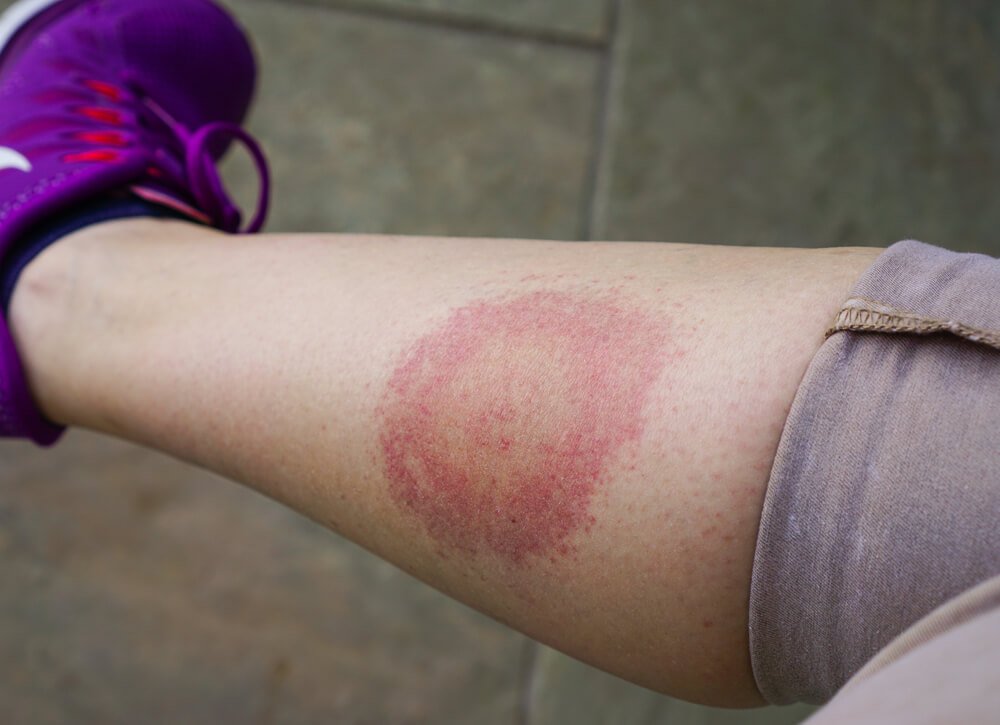A new method for borreliosis diagnostics under development
Tick populations and tick-borne borreliosis are increasingly found almost everywhere in Finland. If detected at an early stage, borreliosis can be efficiently treated with antibiotics, but the diagnostics of the disease is not always straightforward. Within the UpTick project, researchers are now developing a new assay method for a faster and easier diagnosis of borreliosis.Published: 6.11.2025
Text: Kirsti Raiko
Editing: Viestintätoimisto Jokiranta Oy
In Finland, the most common tick-borne disease is Lyme borreliosis caused by the bacterium Borrelia burgdorferi. Over the past decade, tick populations have spread further into the North and the incidence of borreliosis has grown. In 2024, a total of 2,500 cases were diagnosed, but the actual number of those infected is probably much higher.
According to recent news (Yle News, October 23, 2025), the number of borreliosis cases might be as high as 7,000–8,000 annually and, along with the spread of tick populations, the number is expected to grow. Previously, ticks were primarily assumed to live in coastal areas and prefer deciduous forests, but based on the latest research, they are also known to exist in shadowy coniferous forests, which are popular areas for berry-picking.
Borreliosis can be treated with antibiotics, with the effect depending on the stage of infection. In most cases, borreliosis is detected on the basis of the rash that is characteristic to the disease, known as erythema migrans. Since the rash may go unnoticed and not all of those infected necessarily develop any skin symptoms, a suspected infection is ascertained through blood testing.

Problematic diagnostics
The currently used blood testing method is based on the patient’s immune system response to the Borrelia bacterium. For some patients, however, it may take up to weeks for the antibodies developed by the immune system to reach a measurable level, which will significantly delay the diagnosis.
Another problem with the current method is that the immune system does not forget the borreliosis infection. Therefore, immune system-based diagnostics is not reliable in case of a re-infection since the initial infection already yields a positive result. Neither does the current method provide proof of the antibiotics’ efficacy, if the patient suffers from prolonged symptoms.
A new diagnostic method is needed
To tackle the aforementioned problems, our research team is now developing a new assay method that would make it possible to detect the presence of Borrelia by testing the patient’s blood for the bacteria, or other substances secreted by the bacteria into the blood circulation. This would facilitate the diagnosis of an infection without delay after Borrelia is transmitted to the individual, and thereby ensure the timely initiation of the treatment.
The method under development would also provide a reliable tool for diagnosing re-infections. Moreover, the new method might be of help in evaluating whether the prescribed antibiotics have successfully eliminated Borrelia from the patient’s body. This information would be particularly important if the patient’s symptoms continue after the treatment.
The development of a new assay method comes with certain challenges. The volumes of bacteria or substances secreted by the bacteria are minimal in the patient’s body, so the new method should be capable of detecting extremely small amounts of target substances. At the Department of Biotechnology, University of Turku, technologies have been developed which are capable of identifying target substances in extremely small concentrations.
With funding received from the Sakari Alhopuro Foundation, the UpTick research project aims to investigate whether these technologies could be used to develop a method for the detection of Borrelia bacteria in the patient’s body.

Kirsti Raiko earned her Ph.D. in Molecular Biotechnology and Diagnostics from the University of Turku in autumn 2023. In her research, she has focused on developing extremely sensitive diagnostic methods. Currently, she is working as a university teacher and researcher for the Department of Biotechnology at the University of Turku.
